- Home
- Report of Delicious Sake Serving Restaurants, My Three Meals, My Trip Diary, fukushima
- Noguchi Hideyo Seishun Street, Shimizuya hotel, Izakaya Aizu
Noguchi Hideyo Seishun Street, Shimizuya hotel, Izakaya Aizu
- 2018/2/9
- Write comment
Good evening!
Thank you very much for reading this blog.
Last time was about my visiting Aizu-Wakamatsu Castle.
The reason why it was much shorter than the one of Ueda Castle is that the number of photos I had.
Ueda Castle is near my parents home, so it was easy to go to take photos later again if I needed to make the article more detailed.
On the other hand, Aizu-Wakamatsu was too far to do it even though I noticed that I didnt have many photos left (maybe I might have deleted some).
Well, it might be an appropriate volume after all.
Contents
Noguchi Hideyo Seishun Street & Kaiyou Clinic
Anyway, today is the main topic for this web site. Researching bars I did after Aizu-Wakamatsu Castle.
The hotel I booked for that night was “Hotel New Palace“.
It was only 10 minutes walking from the castle, so I thought that I should have checked in before going to the castle then I could park my car at the hotel and walk to the castle.
This hotel locates along “Noguchi Hideyo Seishun Street (Seishun means youth)” which is named after a famous doctor Hideyo Noguchi who was born in Fukushima in 1876.
His portrait is printed on Japanese 1000 yen notes.
The other side of the hotel along the street is “Noguchi Hideyo Seishun Park” where you see a statue of Hideyo and B-kyu food (means cheap but delicious food) stands (I forgot to take photos of it).
The street was given this name after an episode that little Hideyo received a surgery of his left hand at “Kaiyou Clinic” on this street, and his fingers which were adhered because of a burn recovered.
Hideyo was impressed by the medical science and he became a student of the clinics president Kanae Watanabe to become a doctor.
The Kaiyou Clinics building still remains as you see in the next photo.
Now the ground floor is a cafe, and the upstairs is Noguchi Hideyo Seishun Museum.
Shimizuya Hotel & Shoin Yoshida
This area is called “Naka Machi“, and used to called “Otona Machi” in Edo era and was a town where merchants and craftsmen lived.
There are many shops now as well, and also many classic buildings to show tastes of Meiji period like Kaiyou Clinic, and monuments to tell you the history.
The example is here;
This is a monument explaining that there was “Shimizuya Hotel” in this place.
Now a bank stands here, but there was a high-class hotel Shimizuya from Edo to the early Showa period.
The board says that many famous people in the history stayed at the hotel such as Shoin Yoshida, Toshizo Hijikata, and Mr. and Mrs. Niijima (Jo and Yae).
Shoin Yoshida visited Aizu at the age 22 in year 1852, and got interested in Aizus governmental school, “Nisshinkan“, which was established by Aizu domain to educate its samurais, and Shoin visited this place twice.
In Edo era, free traveling was prohibited to both samurai and common people (there were some exception such as Ise pilgrimage), and if they wanted to travel out of their domains, they had to get “Tegata” for a permission from the domains government.
The domains (called “Han“) in Edo era were under the rule of the Tokugawa shogunate, but the actual operation was almost like independent countries, so “Tegata” was like a passport of the present day.
By the way, the word “Han” was actually rarely used in Edo era.
In real, the people usually called the domains a place ruled by “-the name of the rulers-” in old Japanese words.
For example, Aizus feudal lord in the end of Edo period was Katamori Matsudaira, so it should have been called “the lord Katamori Matsudairas domain or something like that “in old Japanese.
When Shoin Yoshida travelled Aizu, Tegata was not issued by the date of departure.
Shoin decided to leave his domain without Tegata because he couldnt change the date as he was going with a group of other samurais from different domains.
At that time, traveling without Tegata was a capital crime called “Dappan”.
As a result, Shoin was divested not only his samurai rank, but also the salary when he went back to his home domain.
Samurais salary was usually taken over to the descendants as long as he didnt do criminal things.
Toshizo Hijikata and Mr. & Mrs. Niijima
16 years later since Shoin left Aizu, a man who visited this Shimizuya in 1868 was Toshizo Hijikata, the vice leader of a famous samurai group, Shinsen Gumi.
In May of 1868, Shinsen Gumi led by Toshizo Hijikata attacked Utsunomiya Castle in the present Tochigi Prefecture with the old shogunate army and won this war.
However, the new government army soon started offence and became a severe fight.
The old shogunate army lost and escaped to Aizu, and Hijikata was wounded in his leg.
The place he stayed to heal his leg was this “Shimizuya”.
He stayed at Shimizuya for about 3 months, and after his leg recovered, he joined “Battle of Bonari Toge” in August.
The shogunate side was too little compared to the new government, and new government broke into Aizu through Bonari Toge, and also defeated the lord Matsudairas army to reach Aizu-Wakamatsu Castle.
Hijikata begged for help to Shonai Han (the present Yamagata Prefecture), but it was not received and Aizu Han surrendered in September.
After that, Hijikata met Takeaki Enomoto who was the president of the shogunate navy to go to Hakodate in Hokkaido together, and established “Ezo Republic” there.
The new army denied this establishment and Hakodate War begun.
He had big fights in Miyako Bay and Futamataguchi, but finally he lost and died at Goryo Kaku in the new armys all-out attack in May 1869.
Oops, its been too long! ^^;
I cant help this when I see stories of the end of Tokugawa Shogunate or the age of civil wars.
In 1882, 14 years after Hijikata left Aizu, Jo Niijima and his wife, Yae, visited Aizu for the first time since they got married.
They stayed at Shimizuya for about 1 month.
This Shimizuya which was such a historical place was unfortunately destroyed in early Showa period.
“Kaei Kura” of Suehiro Shuzo
There is a town called Nisshin Machi where a bit far from Shimizuya.
“Suehiro Shuzo” which is a maker of a Japanese sake “Suehiro” is in this town.
It was established in 1850 (Kaei period of Edo era), so this building is called “Kaei Kura (Kura is Japanese traditional style warehouse)” because it remains the atmosphere of the old days.
“Suehiro” must be being produced in this bulding.
The right side of this building was a road, and you see the sight in the next photo.
Maybe the white building in the back is the sake factory, and I could tell that their property is not less than that.
I guess that sake makers need wide lands seeing here and Otsuka Shuzo in Komoro City.
“Izakaya Aizu” & “Eisen Karakuchi”
I did sightseeing around the hotel looking for a nice place for dinner.
Its often a bit difficult to go in a new restaurant alone.
I wandered for a while googling, and the place I finally entered was “Izakaya Aizu” which was near the Shimizuya place.
To my regret, I missed to take photos of both the appearance and the inside.
The izakaya bar had an atmosphere of a little beaten local towns old bar.
The price was kind to my wallet that an appetizer + 360 ml sake + 2 kinds of sashimi cost only 1000 yen in total.
The time I entered was about 8 p.m., and there were 3 customers, and the chief was serving alone.
I took a seat and ordered a Japanese sake “Eisen, dry“.
“Eisen” is a label made by “Eisen Shuzo” in Bandai Machi in Aizu.
It was normal dry sake of the room temperature. It was smooth enough and easy to drink.
The chief was very friendly and kindly talked to me as well. He told me some spots in Aizu which the visitors should go.
Ouchi Juku, Tou No Hetsuri, and Kitakata Ramen in morning.
I thought that I knew much about ramen as my parents used to run a ramen shop, but I didnt know that there are ramen restaurants which are open from morning, except for 24 hour-open Yamaoka-ya.
Usual ramen shops in other places start around 11 a.m. because they have to prepare the soup in the morning.
The bars chief told me that some ramen shops in Kitakata open at 7 in the morning.
“Bannai Shokudo” or “Makoto Shokudo” are the famous ones which open between 7 and 8.
I stayed there for about an hour, and then finished and left as the bar was nearly closing.
I felt like going for one more drink, so headed for the east to “Baba Machi” which should be the downtown area of Aizu-Wakamatsu City.
I will write about it in the next article.
Probably its enough for this time because I wrote much about the history things.^^;
It's our great pleasure if this article is helpful for you.

Comment (0)
No trackbacks yet.

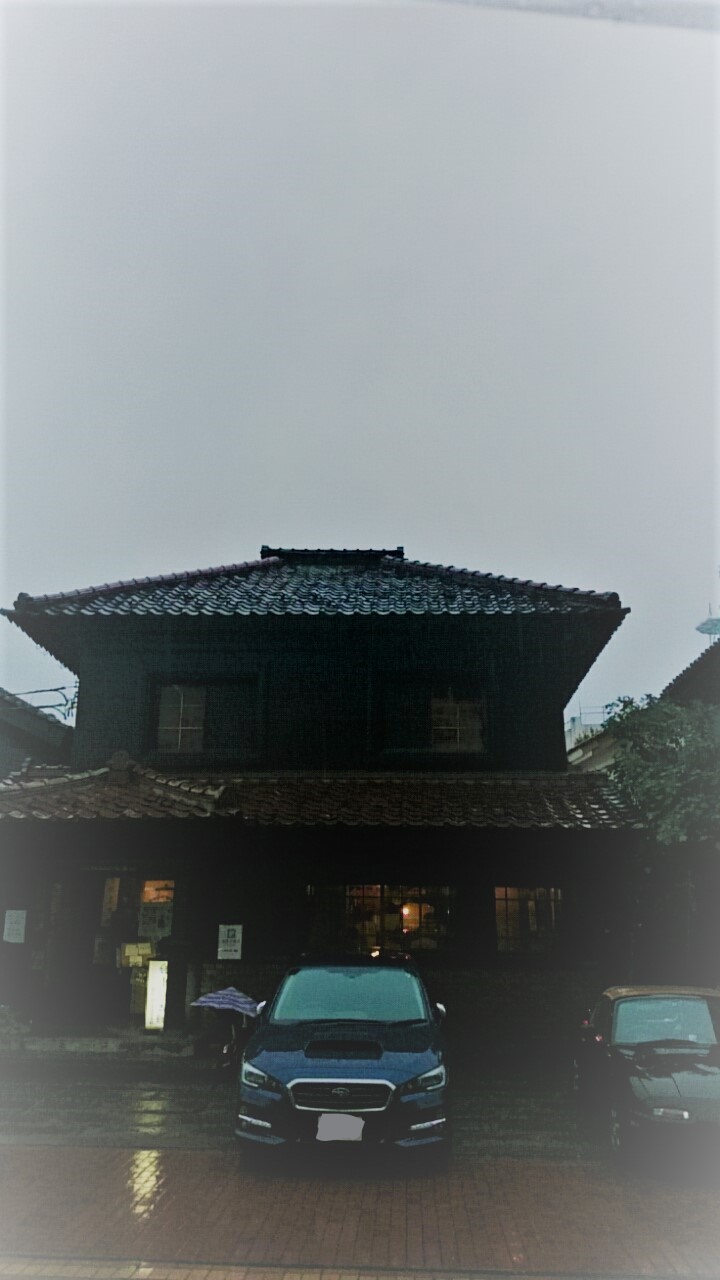
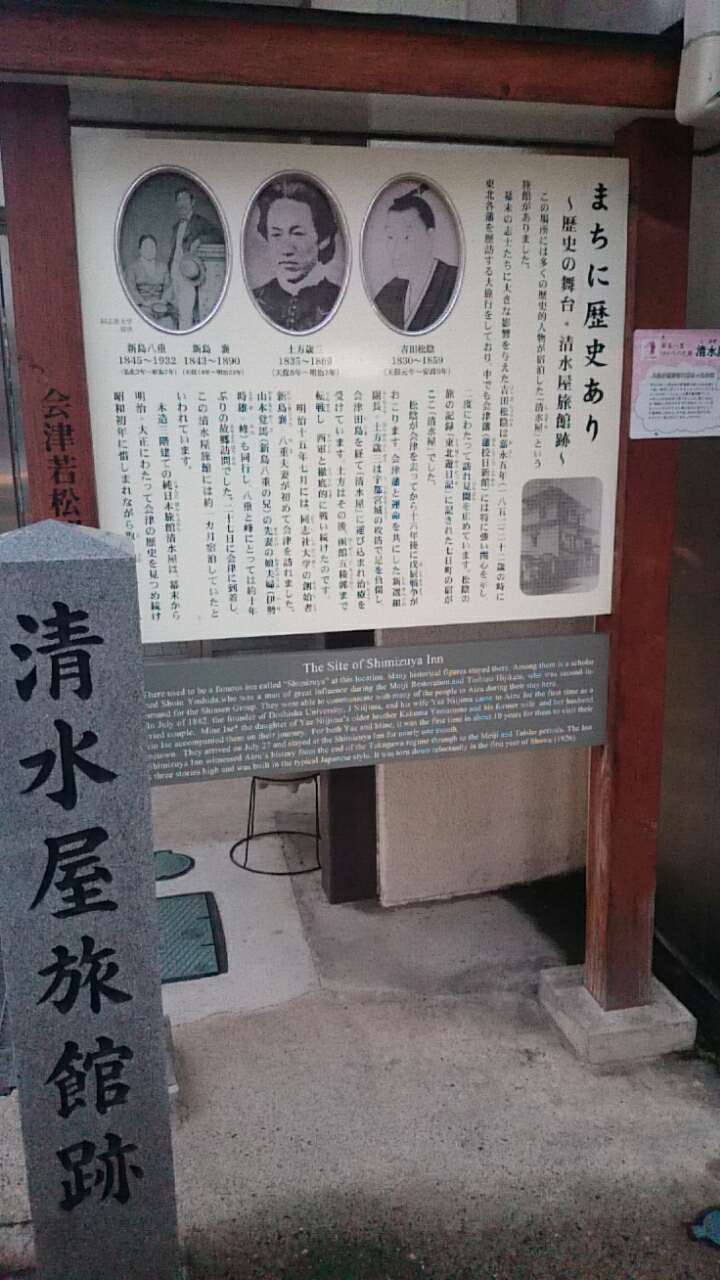
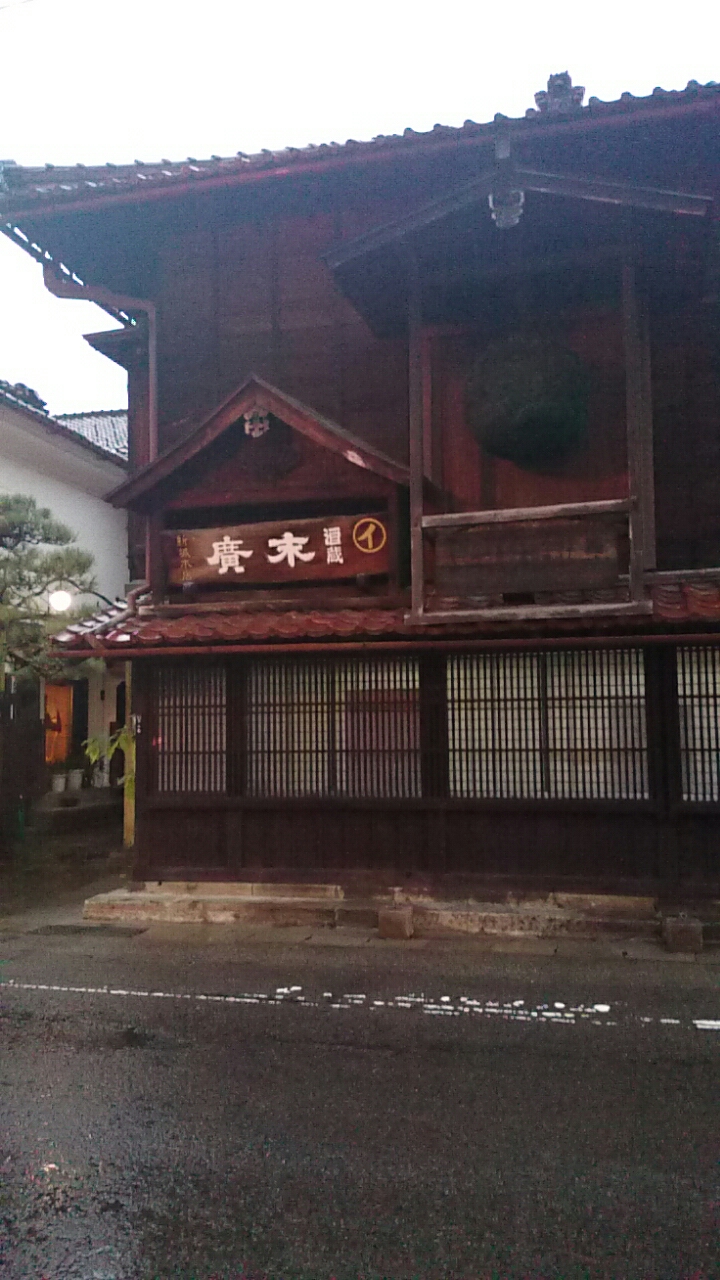
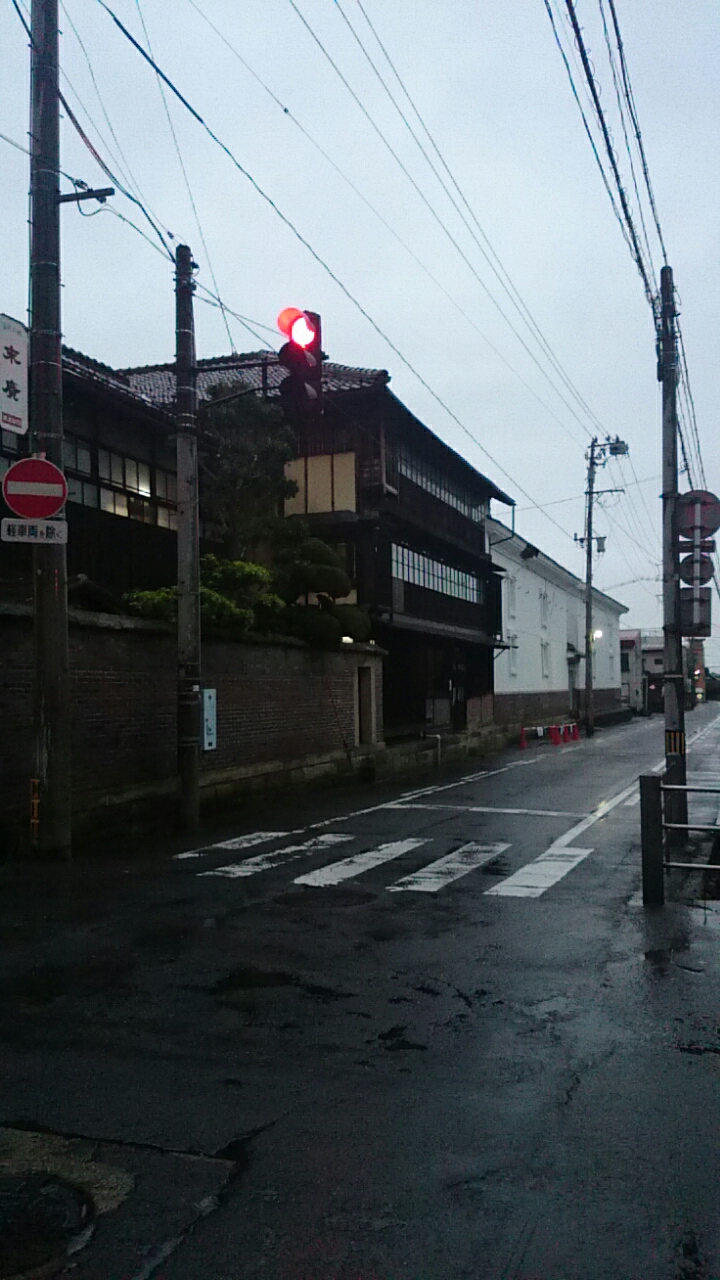


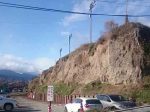
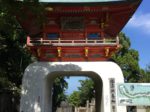
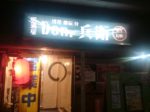
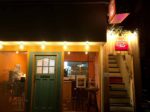
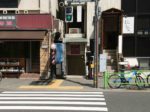
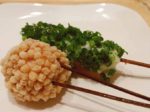

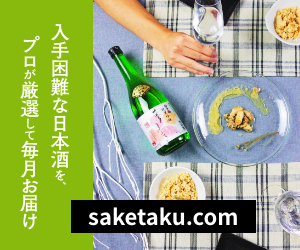
No comments yet.